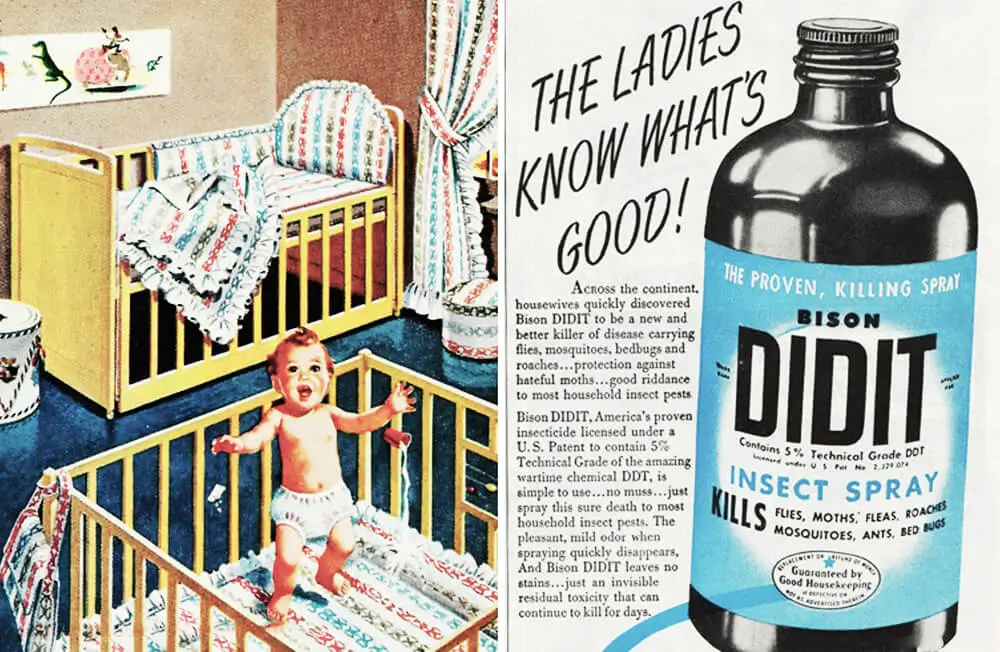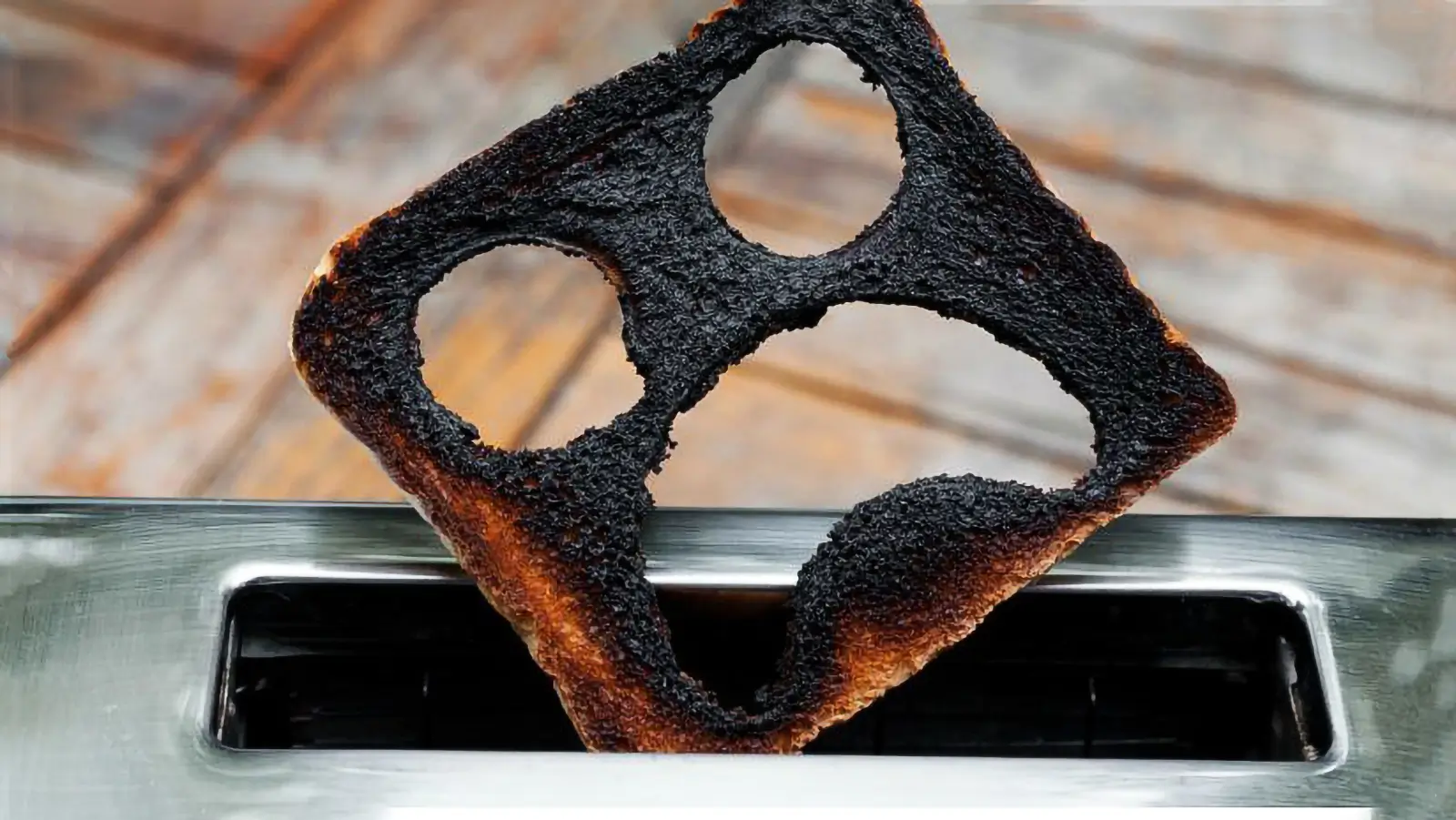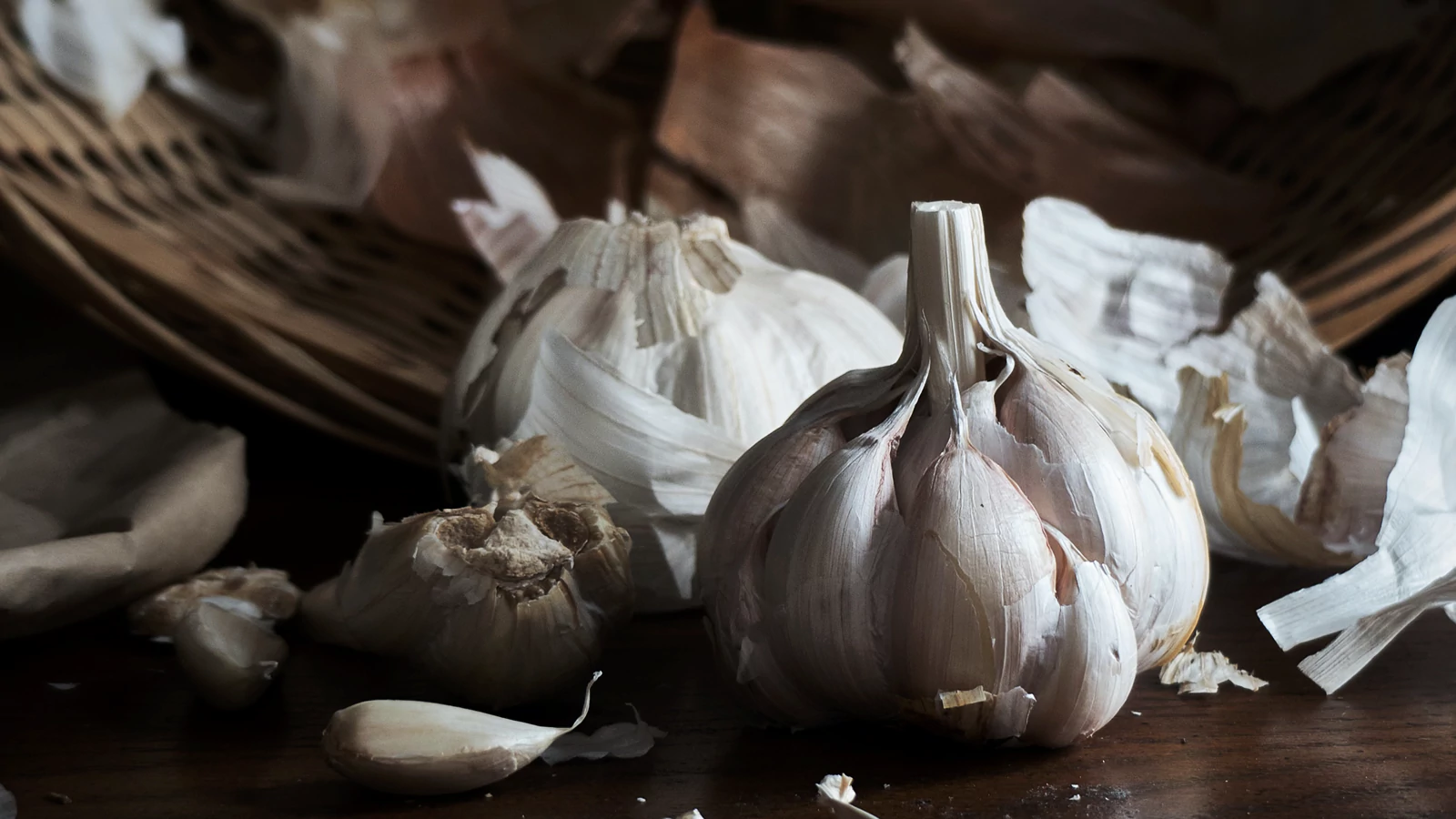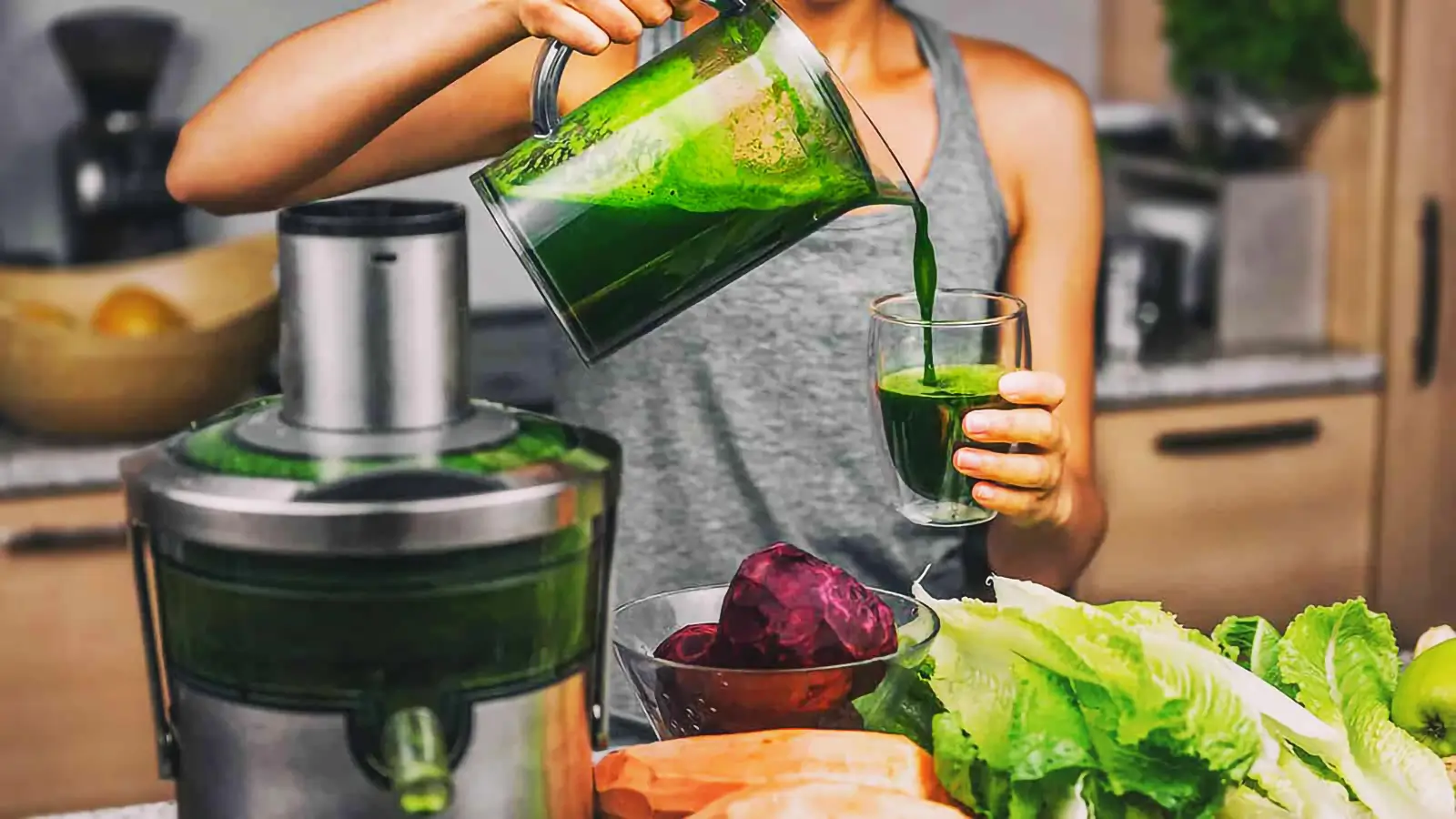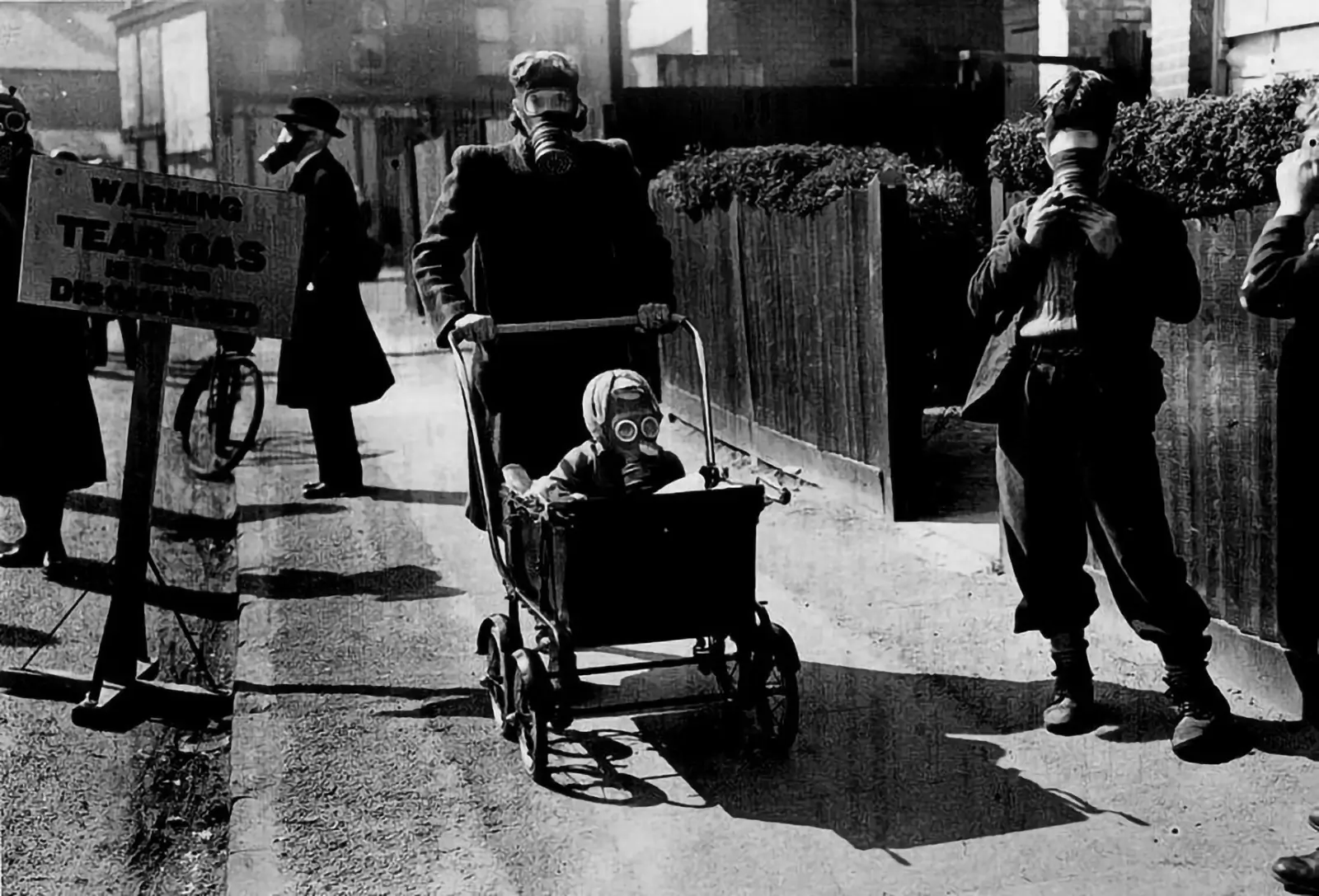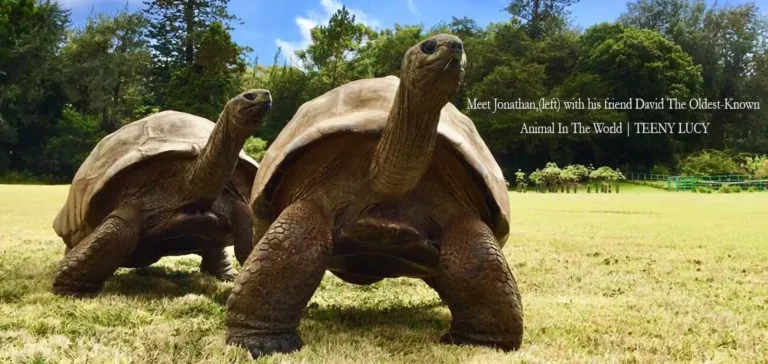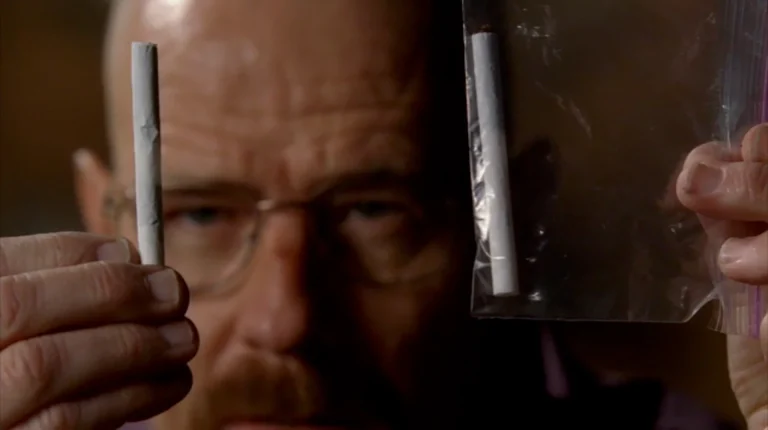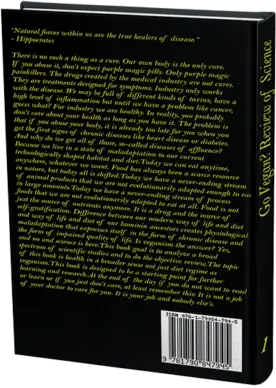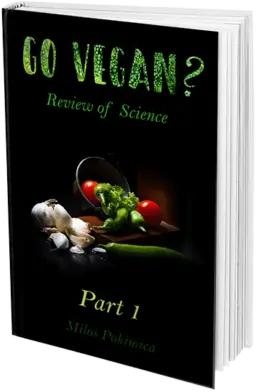Pesticide Exposure in Children: Real-Life Exposure Tests
Children and especially pregnant women are more vulnerable to pesticide exposure. If we test the real-world exposure levels, what would the result be?
Milos Pokimica
Written By: Milos Pokimica
Medically Reviewed by: Dr. Xiùying Wáng, M.D.
Updated August 4, 2023Most of us know we are living in a toxic and polluted environment. Most of us know that we are exposed to pollution and have an increased risk of a wide range of diseases that these toxic chemicals can cause. Chronic health effects of pesticide exposure include cancer and other tumors; brain and nervous system damage; birth defects; infertility and other reproductive problems; and damage to the liver, kidneys, lungs, and other body organs, leukemia, birth defects, stillbirth, spontaneous abortion, sterility and infertility, endocrine disruption, genotoxicity, and impaired brain development. Pesticide exposure is something that is deadly as any other deadly poison with one difference. When we start to notice the first symptoms, the damage has already been done.
Children and especially pregnant women are more vulnerable to pesticide exposure because the nervous systems and immune systems of the baby are still developing.
Because of their higher rates of cell division and lower body weight, children’s susceptibility to pesticide exposure is higher and the dosages are much lower than dosages that adult males would be able to cope with for example. Also, babies and children have immature organs and their immune system and detoxicating enzymes do not work as well as in adults so they are particularly vulnerable to toxic contaminants. Pesticide exposure during certain early development periods can cause permanent damage. If we analyze real-world pesticide exposure in real-life scenarios what would the result be? Are we in real danger or all of the talk about the vegan diet and eating low on a food chain to avoid bioaccumulation in a food chain of all of the lipophilic POPs (persistent organic pollutants) just an overblown marketing story? What is an official recommendation and what do the FDA toxicologists say about all of this?
In this study (Vogt et al., 2012) California children were tested for pesticide exposure to multiple dietary contaminants.
Cancer safety levels were exceeded by all children (100%) for arsenic, DDE, dieldrin, and dioxins.
In past times it was rarely a situation where the entire population was poisoned, every single participant measured with no exceptions. Also, the safety non-cancer benchmark level for acrylamide was exceeded by 96 percent of preschool-age children, and also 10 percent of children were above safety levels for mercury.
Acrylamide is a substance recognized as a carcinogen by U.S. government agencies. It is created at high temperatures in reaction with starch. So any fried and baked starch-rich food is filled with it like bread, French fries, potato chips, and cookies. What is important is the level of exposure.
When FDA toxicologists say that they believe that the average daily intake of arsenic, poses no hazard to the consumer I say that I do not believe in their honesty. The one thing we can do is to apply logic, not belief.
The study showed that the real level of arsenic exposure was more than 100 times the acceptable daily levels for adults. More than 100 times the value not more than 100% in value. I want to write this again. More than 100 times acceptable daily levels. For children and preschoolers, it was about 300 times. Let me write this again. 300 times more. “I want to believe” too, and I like the X-Files but not in FDA lying corrupted toxicologists.
The ratios of excess exposure in this study (how many times more above the safety level the exposure level is) were as follows: 2–12 for DDE, 116–297 for arsenic, 18–67 for dieldrin, 4–5 for chlordane (among children) and 202–1010 for PCDD/Fs. Yes, it is up to 1010 times the allowed values for Dioxin (PCDDs).
Dieldrin was created as a safer alternative to DDT but was banned two years later in 1972. When we look into what food products are the most contaminated they were similar throughout all age groups.
Meat, dairy, potatoes, and cucumber are most contaminated with POPs (DDE, dieldrin, chlordane, and PCDD/Fs). Until 1988 when chlordane was banned, it was used for home termite control and citrus crops and corn.
Also, major POPs contributors were freshwater fish, poultry, mushrooms, cantaloupe, pizza (children only), and spinach (adults only).
When we look at pesticides that are in current use (endosulfan, permethrin, and chlorpyrifos), the main contributors are celery, strawberries, grapes, tomatoes, apples, peaches, pears, peppers, spinach, broccoli, lettuce, and green beans if we don’t count the levels in animal products.
For arsenic exposure, farm-raised salmon, tuna, poultry, and mushrooms were top contributors in all age groups.
For acrylamide exposure chips and all other types of fried potatoes like French fries, crackers, and cereal for all age groups.
For mercury exposure, it was fish and especially tuna.
Dairy products are also the main contributor to chlorpyrifos exposure among children and lead exposure among all age groups. One of the top contributors was dairy and in some cases the main contributor of PCDD/Fs exposure, DDE, and chlordane. PCDD/Fs exposure from dairy was more pronounced in children due to lower dairy (and higher meat) consumption in adults.
For ordinary people, it might come as a surprise that milk in addition to meat was found to be a significant source of pesticides. This is a consequence of the use of chlorpyrifos on grazing fields and feeds given to cattle. This practice is forbidden in organic milk production. Milk is one of the leading sources of POPs.
Fish was a significant source of arsenic, dioxin, dieldrin, chlordane, and DDT intake.
The problem with chemicals like POPs is that they have the ability to accumulate in animal fat. So avoiding animal fat by decreasing consumption or choosing the lowest fat option of meat, dairy, and fish is one strategy to lower exposure.
Another strategy to avoid toxicity that will have a better result will be to consume a plant-based diet. In the case of rice, some strategies can lower the exposure, but in essence, nothing can be done because it is a plant that naturally absorbs more arsenic from the water in which it is growing. The situation is just worsened dramatically in the US because of the use of arsenic pesticides, and now the soil is polluted. On 31 December 2015, the FDA withdrew approval for the last of the arsenic-containing drugs. It should be noted that the EU has never approved drugs containing arsenic for animal consumption. So as of 2011, due to consumer pressure, the use of arsenic as feed to chickens is banned in the US. Why has this practice lasted so long? A better question will be why have we used arsenic at all if we know the history of the substance?
References:
- Vogt, R., Bennett, D., Cassady, D., Frost, J., Ritz, B., & Hertz-Picciotto, I. (2012). Cancer and non-cancer health effects from food contaminant exposures for children and adults in California: a risk assessment. Environmental health : a global access science source, 11, 83. https://doi.org/10.1186/1476-069X-11-83
Related Posts
Do you have any questions about nutrition and health?
I would love to hear from you and answer them in my next post. I appreciate your input and opinion and I look forward to hearing from you soon. I also invite you to follow us on Facebook, Instagram, and Pinterest for more diet, nutrition, and health content. You can leave a comment there and connect with other health enthusiasts, share your tips and experiences, and get support and encouragement from our team and community.
I hope that this post was informative and enjoyable for you and that you are prepared to apply the insights you learned. If you found this post helpful, please share it with your friends and family who might also benefit from it. You never know who might need some guidance and support on their health journey.
– You Might Also Like –

Learn About Nutrition
Milos Pokimica is a doctor of natural medicine, clinical nutritionist, medical health and nutrition writer, and nutritional science advisor. Author of the book series Go Vegan? Review of Science, he also operates the natural health website GoVeganWay.com
Medical Disclaimer
GoVeganWay.com brings you reviews of the latest nutrition and health-related research. The information provided represents the personal opinion of the author and is not intended nor implied to be a substitute for professional medical advice, diagnosis, or treatment. The information provided is for informational purposes only and is not intended to serve as a substitute for the consultation, diagnosis, and/or medical treatment of a qualified physician or healthcare provider.NEVER DISREGARD PROFESSIONAL MEDICAL ADVICE OR DELAY SEEKING MEDICAL TREATMENT BECAUSE OF SOMETHING YOU HAVE READ ON OR ACCESSED THROUGH GoVeganWay.com
NEVER APPLY ANY LIFESTYLE CHANGES OR ANY CHANGES AT ALL AS A CONSEQUENCE OF SOMETHING YOU HAVE READ IN GoVeganWay.com BEFORE CONSULTING LICENCED MEDICAL PRACTITIONER.
In the event of a medical emergency, call a doctor or 911 immediately. GoVeganWay.com does not recommend or endorse any specific groups, organizations, tests, physicians, products, procedures, opinions, or other information that may be mentioned inside.
Editor Picks –
Milos Pokimica is a health and nutrition writer and nutritional science advisor. Author of the book series Go Vegan? Review of Science, he also operates the natural health website GoVeganWay.com
Latest Articles –
Top Health News — ScienceDaily
- MIT scientists strip cancer of its sugar shieldon December 23, 2025
Scientists at MIT and Stanford have unveiled a promising new way to help the immune system recognize and attack cancer cells more effectively. Their strategy targets a hidden “off switch” that tumors use to stay invisible to immune defenses—special sugar molecules on the cancer cell surface that suppress immune activity. Early tests show it can supercharge immune responses and outperform current antibody therapies.
- Scientists find a weak spot in deadly fungus that shut down hospital intensive care unitson December 23, 2025
A deadly hospital fungus that resists nearly every antifungal drug may have an unexpected weakness. Researchers discovered that Candida auris activates specific genes during infection to hunt for nutrients it needs to survive. This insight came from a new living-host model that allowed scientists to watch the fungus in action. The findings could eventually lead to new treatments or allow current drugs to be repurposed.
- This ultra-sensitive imaging system can spot cancer earlieron December 23, 2025
A new imaging technology can distinguish cancerous tissue from healthy cells by detecting ultra-weak light signals. It relies on nanoparticles that bind to tumor markers, making cancerous areas easier to identify. The system is far more sensitive than existing tools and could speed up cancer screening. Scientists believe it may help detect tumors earlier and reduce delays in diagnosis.
- Hidden brain maps that make empathy feel physicalon December 23, 2025
When we watch someone move, get injured, or express emotion, our brain doesn’t just see it—it partially feels it. Researchers found eight body-like maps in the visual cortex that organize what we see in the same way the brain organizes touch. These maps help us instantly understand actions, emotions, and intentions in others. The discovery sheds light on human empathy and opens doors for new brain-based therapies and AI systems that better understand the body.
- Are they really listening? Watch their blinkson December 23, 2025
Your eyes may reveal when your brain is working overtime. Researchers found that people blink less when trying to understand speech in noisy environments, especially during the most important moments. The effect stayed the same in bright or dark rooms, showing it’s driven by mental effort, not light. Blinking, it turns out, is a quiet marker of focused listening.
- This cancer-fighting molecule took 50 years to buildon December 22, 2025
MIT scientists have achieved the first-ever lab synthesis of verticillin A, a complex fungal compound discovered in 1970. Its delicate structure stalled chemists for decades, despite differing from related molecules by only two atoms. With the synthesis finally complete, researchers created new variants that showed strong activity against a rare pediatric brain cancer. The breakthrough could unlock an entire class of previously unreachable cancer-fighting molecules.
- A new drug could stop Alzheimer’s before memory loss beginson December 22, 2025
New research suggests Alzheimer’s may start far earlier than previously thought, driven by a hidden toxic protein in the brain. Scientists found that an experimental drug, NU-9, blocks this early damage in mice and reduces inflammation linked to disease progression. The treatment was given before symptoms appeared, targeting the disease at its earliest stage. Researchers say this approach could reshape how Alzheimer’s is prevented and treated.
PubMed, #vegan-diet –
- Comparing diet-related attitudes, perceptions, and behaviors of vegan and omnivorous adults: results from a cross-sectional survey study in Germanyon December 22, 2025
CONCLUSION: The findings are consistent with and build on existing research on cognitive and behavioral patterns related to a vegan diet, while at the same time yielding some additional insights. In particular, the results on significant differences in the risk-benefit perception of a vegan diet, as well as on motivations and influences regarding the decision to follow a vegan diet provide an important basis for the development of public health interventions and a foundation for further […]
- Assessment of vitamin A, vitamin B2, vitamin B12, vitamin K, folate, and choline status following 4 months of multinutrient supplementation in healthy vegans: a randomised,…on December 19, 2025
CONCLUSION: A multinutrient supplement containing 82 µg of vitamin B(12) per day significantly positively affected vitamin B(12) blood biomarkers in healthy vegans.
- Exploring the synergistic potential of pH and ultrasonication on the functional properties of pea and lentil protein isolates and its formulation in food producton December 15, 2025
The substitution of meat proteins with plant-based proteins from various sources is often motivated by nutritional considerations. However, the inherent limited solubility of plant proteins, which results in suboptimal techno-functional properties, remains a persistent challenge in food formulation. The purpose of this study was to utilize unique properties of pea (Pisum sativum L.) and lentil (Lens culinaris) through ultrasonication and pH variation in order to develop a stable and […]
- Healthful and Unhealthful Plant-Based Diets and Their Association with Cardiometabolic Targets in Women Diagnosed with Breast Cancer: A Cross-Sectional Analysis of a Lifestyle Trialon December 11, 2025
CONCLUSIONS: Maintaining cardiometabolic risk factors within normal ranges is clinically relevant in BCS, and this may be more likely when a plant-based diet is consumed, especially if low in unhealthy plant foods.
- Functional and Nutritional Properties of Lion’s Mane Mushrooms in Oat-Based Desserts for Dysphagia and Healthy Ageingon December 11, 2025
Hericium erinaceus (Lion’s Mane mushroom) is a medicinal species recognised for its neuroprotective and antioxidant properties. This study investigated its potential as a functional ingredient in oat milk-based desserts formulated for individuals with dysphagia. Freeze-dried Lion’s Mane powder (LMP), containing high-quality protein (~16%, amino acid score 88%), dietary fibre (~31%), and phenolic compounds (72.15 mg GAE/g), was incorporated at varying levels using gelatin or iota-carrageenan […]
Random Posts –
Featured Posts –
Latest from PubMed, #plant-based diet –
- Patient-Reported Observance of a Mediterranean Diet and Physical Activity in Patients Living with Breast Cancer: Implications for Primary Care Providersby Lydia Hesseltine on December 23, 2025
CONCLUSION: The majority of patients living with breast cancer did not meet the minimal national recommendations. These findings underscore the need for further research to develop strategies to optimize nutrition and physical activity within oncology and primary care settings.
- Associations Between Healthy and Plant-Based Dietary Patterns and Cognitive Reserve: A Cross-Sectional Analysis of the 1946 British Birth Cohortby Kelly C Cara on December 23, 2025
CONCLUSIONS: CR was positively associated with healthy dietary patterns and inversely associated with unhealthful plant-based dietary patterns. Diet uniquely explained variations in CR and should be considered among influential lifestyle factors in future research. Longitudinal analyses are needed to confirm these findings.
- Developing Topicsby Changzheng Yuan on December 23, 2025
CONCLUSION: A 26-week MIND diet intervention improved diet quality and cognitive function in mild stroke patients. These findings support the feasibility and potential benefit of dietary strategies for cognitive health in stroke survivors and provide preliminary evidence supporting the need for future large-scale trials.
- Dietary Hydrilla verticillata extract enhances growth and immune defense against Aeromonas hydrophila in Labeo rohitaby Faiza Khanam on December 23, 2025
This study investigated the effects of dietary Hydrilla verticillata extract (HVE) on growth performance, physiological responses, and disease resistance in Labeo rohita fingerlings subjected to Aeromonas hydrophila challenge. Following acclimatization, the fish were divided into 15 tanks at random (30 fish per tank) and given five different diets that contained 0, 75, 150, 300, or 600 mg/kg HVE for 60 days. Growth was significantly (P
- Public Healthby Diandra N Denier-Fields on December 23, 2025
CONCLUSION: MIND diet-associated plasma metabolite groups correlate with plasma biomarkers of AD and neurodegeneration. These groups of metabolites include essential amino acids, omega-3 fatty acids, plant and gut microbe-derived metabolites, and sphingolipids. These findings highlight the potential importance of dietary interventions in modulating metabolic pathways linked to dementia biomarkers.
- Public Healthby Samantha Ramachandra on December 23, 2025
CONCLUSION: In conclusion, the review emphasizes the importance of personalized dietary strategies tailored to an individual’s gut microbiota composition as a promising approach for preserving cognitive health and preventing neurodegenerative diseases, warranting further research in this area.

